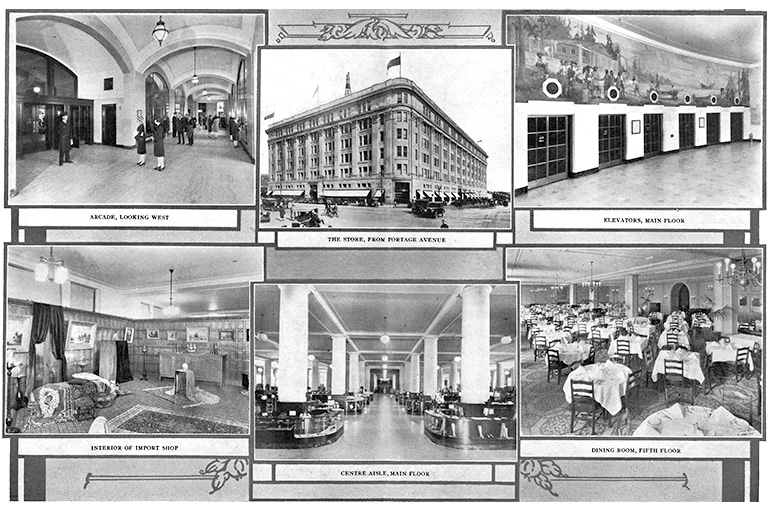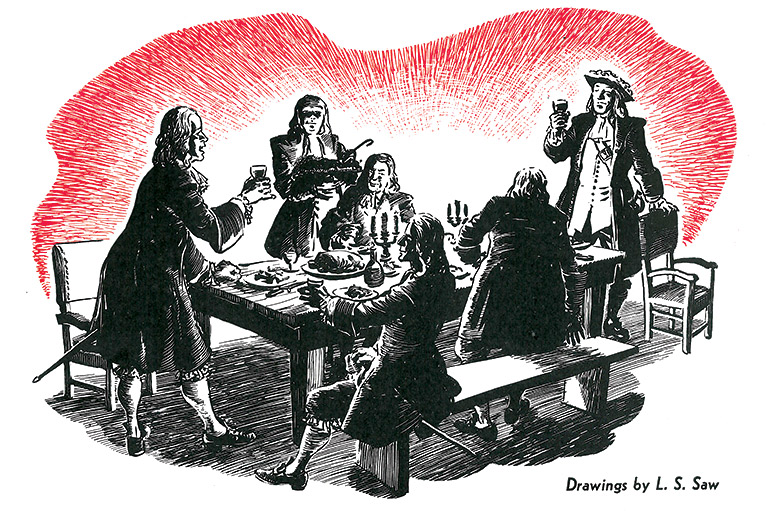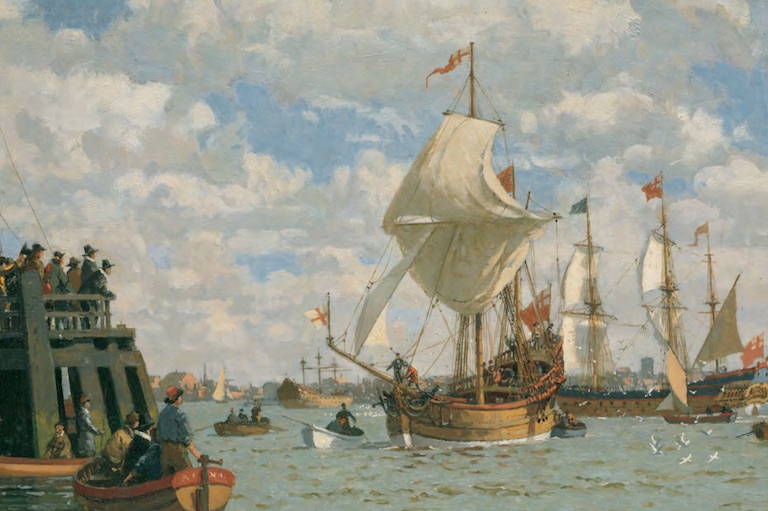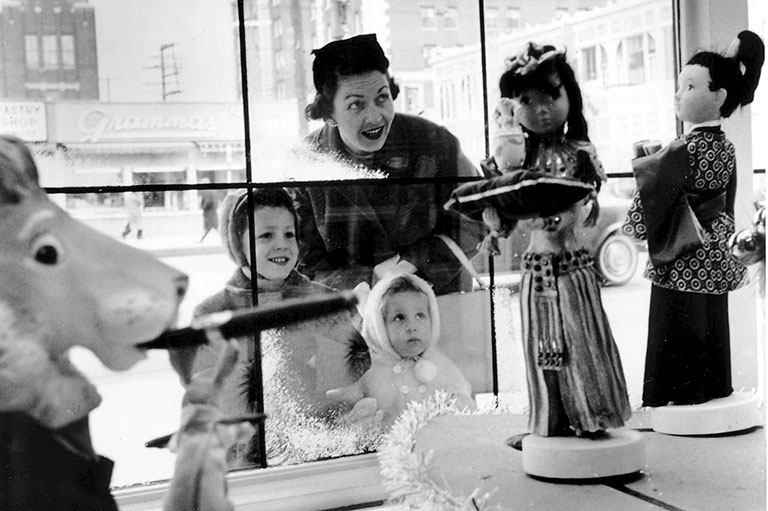Making a Landmark

For decades the Hudson’s Bay Company department store in downtown Winnipeg was not just a city landmark but also a symbol of progress on the prairies.
The massive six-storey, 60,380-square-metre shopping mecca at the corner of Portage Avenue and Memorial Boulevard opened on November 18, 1926, and immediately became a cultural epicentre for the community.
However, as decades passed the costs to the HBC of upkeeping the mammoth structure began to outweigh the benefits of having a prominent downtown presence. Space dedicated to sales was reduced in recent years until only two of its six floors were in operation.
Then, early in 2020, the COVID-19 pandemic struck, dealing an economic blow to many businesses, including the HBC. After several months, the HBC made the difficult decision to permanently close its Winnipeg flagship store in February 2021. But the closing date was moved to November 2020 due to the Manitoba government’s decision to ban the sale of “non-essential items” — which included many of HBC’s products — to combat the spread of the virus.
Today, as the City of Winnipeg looks for new uses for the iconic building, it’s interesting to recall the excitement that surrounded the construction of the store back in 1926. In “Our New Winnipeg Store,” which appeared in the March 1926 issue of The Beaver, author T.F. Reith marvelled at the Herculean construction effort that required the “removal of about one hundred thousand cubic yards of earth ... one million board feet of form lumber ... sixty thousand barrels of cement ... and three thousand five hundred tons of reinforcing steel.”
The erection of the frame alone, Reith wrote, required more than six hundred men, with hundreds more working at various sites preparing the building materials. He also described the inclusion of 150,000 cubic feet of Tyndall limestone, which was “quarried and cut twenty-five miles northeast of the city, at Tyndall, Manitoba.”
Reith added that the store’s location would be the anchor point for a new roadway (today known as Memorial Boulevard) that would lead to the Manitoba Legislative Building and include a cenotaph dedicated “to Winnipeg’s sons who laid down their lives in the Great War.”
Reith praised the project’s impact on the local economy, writing, “all this will be the means of providing a very large additional payroll to Winnipeg and Manitoba.”
Themes associated with this article
Advertisement









